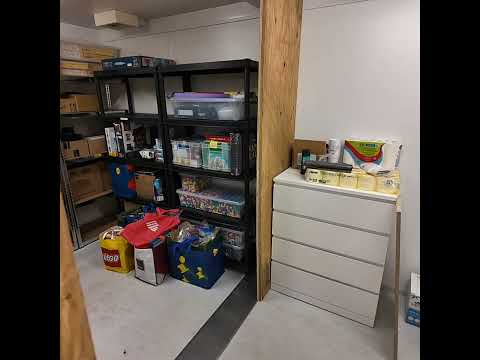When printing some #LEGO parts on my #ElegooCentauriCarbon - I had to slightly adjust the size of them to make them fit tightly to genuine bricks.
Having gone back to my #neptune3pro I've had to return to the original sizes that came with the stls. This is using the same filament reel.
I think when my new hotend arrives for the Centauri, I'm going to have to print a few calibration cubes and do some measuring


